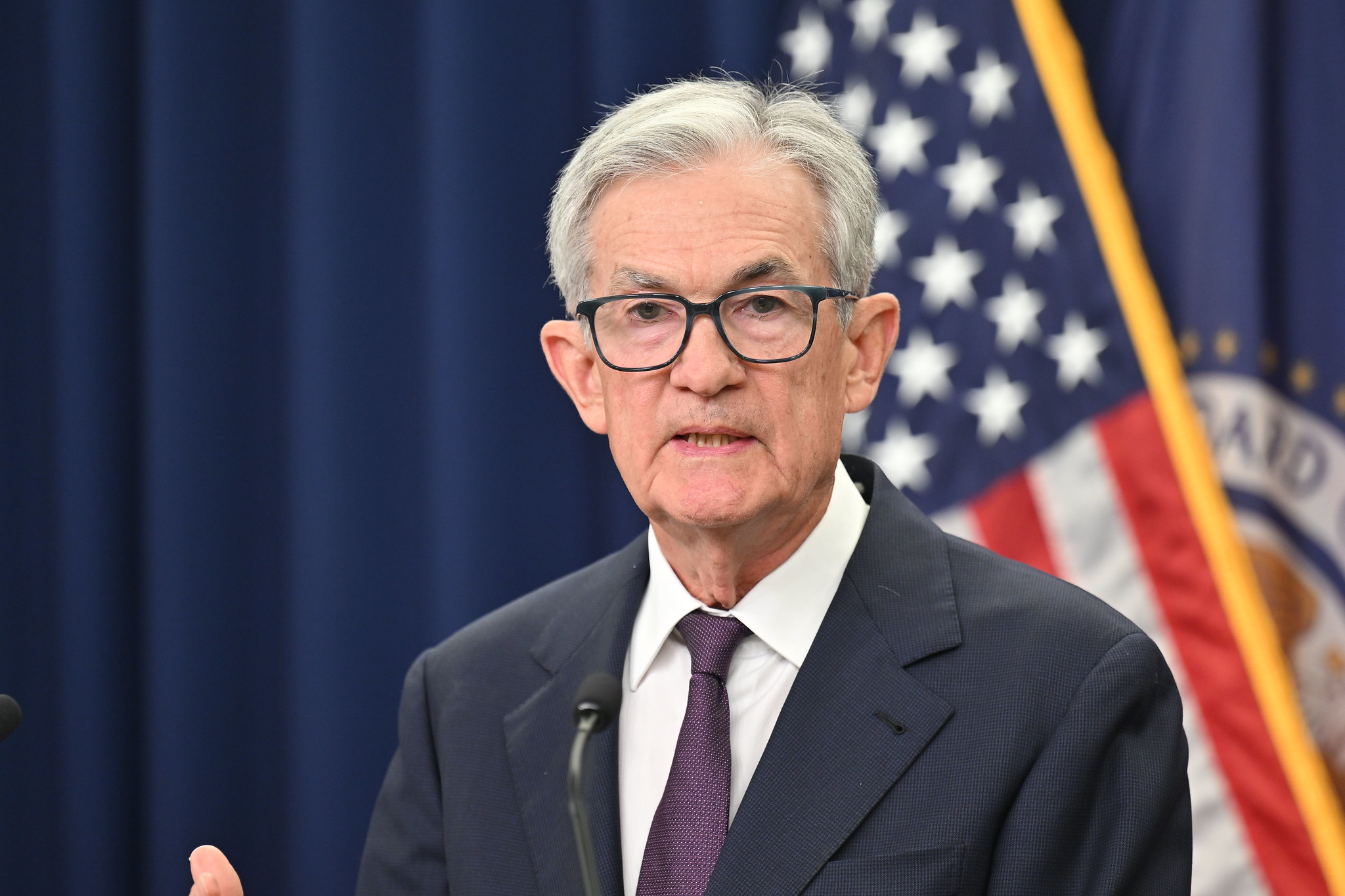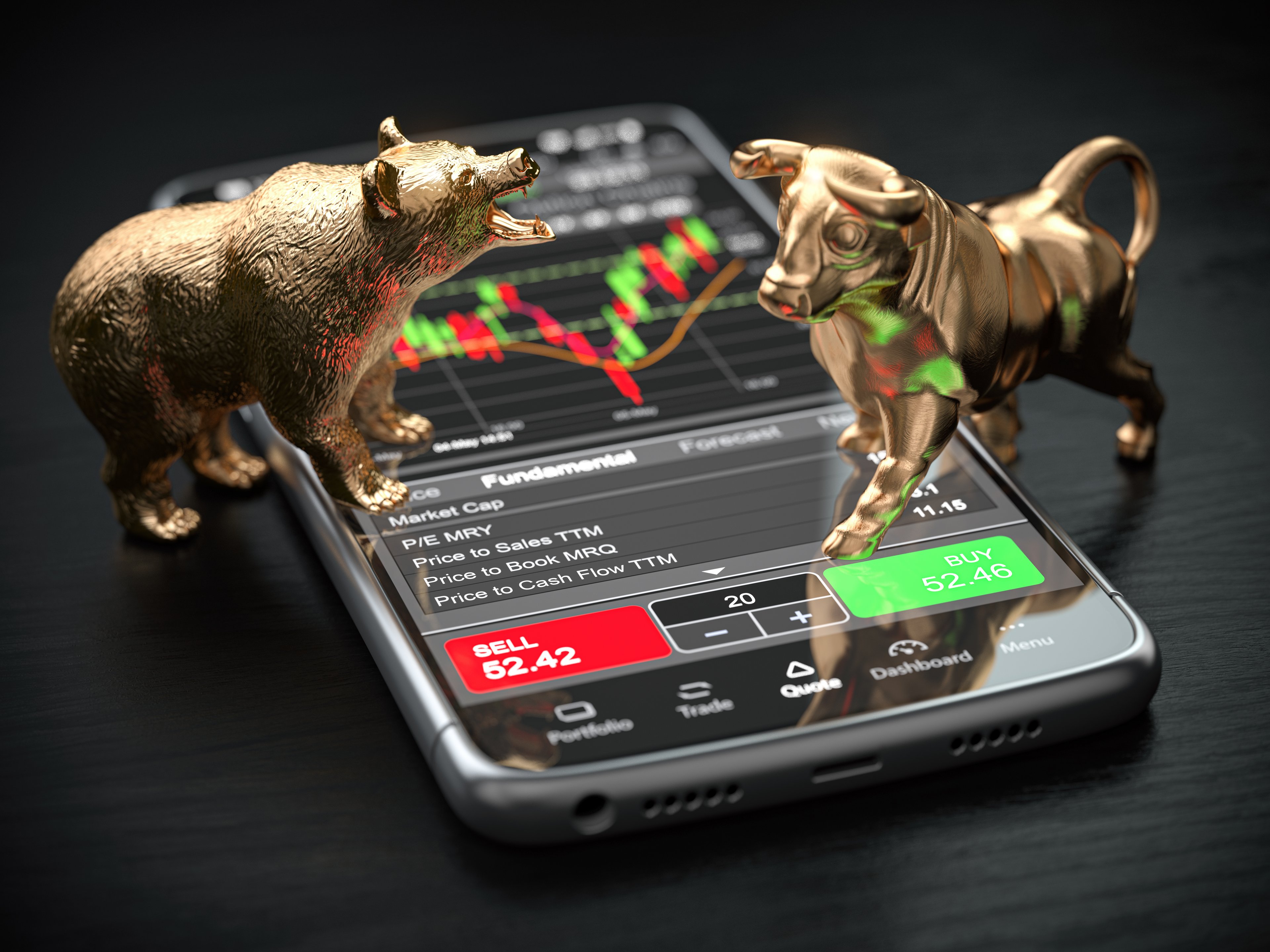Despite some bouts of volatility early in the year, all three major stock indexes now find themselves trading near all-time highs.
As of this writing, the S&P 500 (^GSPC 0.35%) has climbed 33% from its intraday low on April 7. The Nasdaq Composite (^IXIC 0.50%), home of the Magnificent Seven, is up an astonishing 44%. And the Dow Jones Industrial Average (^DJI 0.51%) has climbed enough to surpass its December peak, up 23% from its April low.
The biggest companies in the world have been the biggest drivers of those gains. Nvidia became the world's first $4 trillion company with the stock doubling from its April low. The rest of the "Magnificent Seven" have contributed as well -- every member has outperformed the S&P 500 since the market close on April 7 (not to mention their historic run over the last few years).
But the stock market's strength has led to lofty valuations. And not all of those high prices are deserved, according to billionaire Howard Marks, co-founder and co-chairman of Oaktree Capital. He thinks stocks are overvalued right now but not for the reason you might think.

Image source: Getty Images.
Historically high valuations for the S&P 500
The S&P 500 as a group trades at a forward price-to-earnings (P/E) ratio of 22.5, well above its 30-year average of 17.0. The Magnificent Seven are even more expensive with an aggregate forward P/E of 29.8.
The incredible performance of the Magnificent Seven over the last few years has led to record-high levels of concentration in the S&P 500. The group accounts for 33% of the entire index by weight, so it's easy to point to their high average earnings multiple as the main culprit for the S&P 500's high valuation.
To be sure, much of that valuation is deserved. The six Magnificent Seven companies that have reported second-quarter earnings so far have produced average year-over-year earnings-per-share growth of 26%.
Marks agrees these stocks deserve a premium valuation. "I don't find it unreasonable when viewed against what I believe to be the companies' exceptional products, significant market shares, high incremental profit margins, and strong competitive moats," he wrote in a recent memo.

SNPINDEX: ^GSPC
Key Data Points
While the Magnificent Seven are lifting up the overall price of the S&P 500, he finds the valuation of the other 493 companies in the index potentially troublesome. "I think it's the average P/E ratio of 22 on the 493 non-Magnificent companies in the index -- well above the mid-teens average historical P/E for the S&P 500 -- that renders the index's overall valuation so high and possibly worrisome."
(Marks uses P/E based on full-year 2025 estimates. The "S&P 493" forward P/E for the next four quarters is still a lofty 19.7.)
Meanwhile, the second-quarter results for non-Magnificent stocks haven't been nearly as strong. On average, they've produced earnings growth of just 1%.
Marks notes that it's impossible to prove the market is overvalued right now. However, stocks have only grown more expensive in the face of tariffs, which most economists agree will curb economic expansion and increase inflation. As a result, Marks concludes "the stock market has moved from 'elevated' to 'worrisome.'"
How to invest in a "worrisome" stock market?
While caution is warranted as stock valuations climb higher, it's important not to become too cautious. Selling all of your stocks today in hopes of being able to scoop them back up for a lower price later is a losing bet. As Peter Lynch said, "Far more money has been lost by investors in preparing for corrections, or anticipating corrections, than has been lost in the corrections themselves."
That said, it might be time to allocate more of your portfolio to defensive holdings, including cash. Marks suggests it may be prudent to stop buying new stocks, letting cash accumulate from portfolio contributions and dividends. It might also make sense to move away from more aggressive holdings where stock valuations aren't in line with financial performance.
That means seeking out individual stocks that trade at a great value. Companies with wide competitive moats that can stave off competition, raise prices in the face of increased costs, and substantially grow earnings over time never go out of style. Some of the Magnificent Seven, but not all, qualify despite their generally high earnings multiples. Many more of the S&P 493 and smaller companies qualify as well.
While those opportunities are fewer and further between in today's environment, there's still plenty of great stocks to buy now. The current environment definitely favors stock pickers. If the market takes a sustained downturn, quality stocks will hold up better. If it doesn't, they'll continue to rise along with the market.







